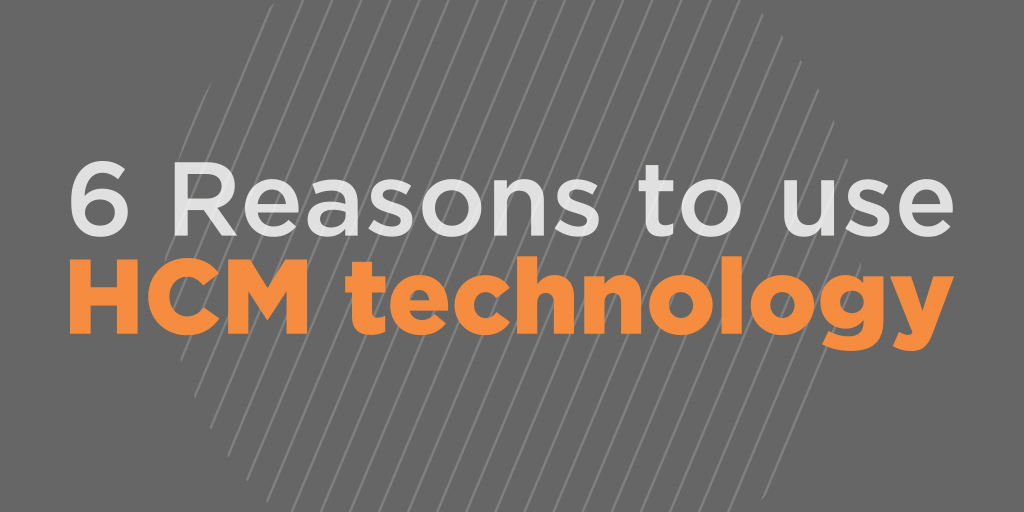
4 Ways HR Technology Can Improve Talent Management
According to a report by McKinsey, companies with effective talent management practices have 2.2 times higher revenue per employee than those without. Investing in talent management is crucial for any business’s success. With the help of HR technology, companies can streamline their talent management processes and make data-driven decisions. In this blog post, I’ll share four ways HR technology can improve talent management and help your company achieve its goals.
As the competition for top talent intensifies, companies need to prioritize talent management to attract and retain the best employees. Building digital dexterity can help companies streamline their talent management processes, provide better insights into employee performance, and enable data-driven decision-making. In this blog post, we’ll explore four ways HR technology can improve talent management and help your company succeed.
In this blog post, we’ll discuss four ways HR technology can improve talent management.
Automating the Recruiting Process
The first step in effective talent management is attracting and selecting the right candidates. However, traditional recruiting processes can be time-consuming and inefficient. HR technology can automate many aspects of the recruiting process, including posting job listings, screening resumes, scheduling interviews, and sending offer letters. By automating these tasks, HR professionals can save time and focus on more strategic initiatives, such as building an employer brand and developing a diverse and inclusive workforce.
To streamline the recruitment process, companies can use HR technology solutions such as an applicant tracking system (ATS) to automate the entire hiring process, from posting job vacancies to interviewing candidates to extending job offers. An ATS can help HR teams efficiently manage job postings, resumes, and applicant data all in one place, providing a seamless experience for both HR teams and candidates. Companies can also leverage AI-powered tools that can analyze resumes, identify top candidates, and predict a candidate’s likelihood of success in the role.
Providing Better Onboarding and Training
Once you’ve hired the right candidates, it’s essential to onboard them effectively to set them up for success. HR technology can help streamline the onboarding process by automating paperwork, providing online training modules, and creating a personalized onboarding experience. By providing better onboarding and training, companies can reduce employee turnover and ensure that new hires are productive and engaged from day one.
To foster employee development, companies can use HR technology solutions like learning management systems (LMS) to provide employees with easy access to training and development materials. LMSs can help companies create and deliver training content to employees, track employee progress, and measure the effectiveness of training programs. Companies can also use performance management tools that can provide continuous feedback to employees, track their goals, and help them develop new skills. For example, a company can use an LMS to provide its employees with easy access to training and development materials, which can help them improve their skills and enhance their productivity.
Enabling Continuous Performance Management
Traditional performance management processes, such as annual performance reviews, are often outdated and ineffective. HR technology can enable continuous performance management by providing real-time feedback, setting goals and objectives, and tracking progress. By enabling continuous performance management, companies can provide more personalized and meaningful feedback to employees, identify areas for improvement, and foster a culture of continuous learning and development.
To enhance performance management, companies can use HR technology solutions like performance management software that can track employee goals, provide continuous feedback, and facilitate regular performance reviews. Performance management software can help companies establish performance standards, provide feedback to employees, and identify areas for improvement. Companies can also use data analytics tools to track employee performance metrics and identify trends or patterns. For example, a company can use a performance management software to track employee goals, provide continuous feedback, and facilitate regular performance reviews, which can help employees achieve their goals and enhance their performance.
Using People Analytics to Make Data-Driven Decisions
HR technology can provide valuable insights into employee performance, engagement, and retention through people analytics. By using data to identify trends and patterns, HR professionals can make data-driven decisions about talent management initiatives, such as training and development programs, succession planning, and workforce planning. By leveraging people analytics, companies can make better decisions and achieve their talent management goals more effectively.
To improve employee engagement, companies can use HR technology solutions such as employee engagement platforms that offer pulse surveys, employee recognition programs, and feedback mechanisms. These platforms can help companies identify areas of concern, gather feedback from employees, and take action to address issues. Companies can also use communication tools like chatbots or instant messaging apps to create a collaborative work environment and facilitate employee communication. For example, a company can use an employee engagement platform to gather feedback from employees, measure employee sentiment, and take action to address issues that arise.
Key Takeaways Summary
- HR technology can automate many aspects of the recruiting process, saving time and enabling HR professionals to focus on more strategic initiatives.
- By providing better onboarding and training, companies can reduce employee turnover and ensure that new hires are productive and engaged from day one.
- Continuous performance management enables companies to provide more personalized and meaningful feedback to employees and foster a culture of continuous learning and development.
- People analytics can provide valuable insights into employee performance, engagement, and retention, enabling HR professionals to make data-driven decisions about talent management initiatives.
In today’s competitive job market, effective talent management is crucial for any business’s success. By leveraging HR technology, companies can streamline their talent management processes, provide better insights into employee performance, and enable data-driven decision-making. By implementing the four strategies we’ve discussed in this blog post, companies can attract and retain top talent, improve employee productivity and engagement, and achieve their talent management goals more effectively.
If you feel your talent management system could benefit from implementing HR technology, call us at (225) 930-8300 or visit https://www.highflyerhr.com/take-test-drive/ today!



